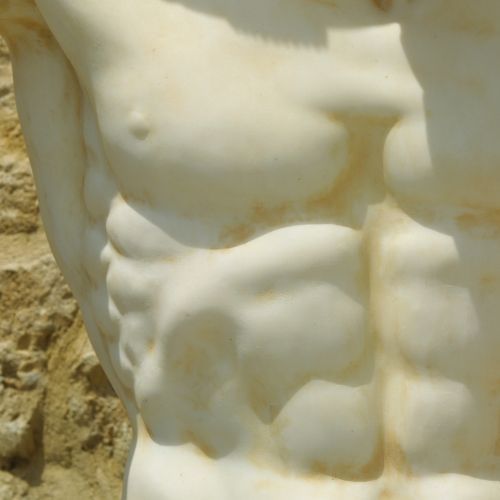Pelvic Floor

Pelvic Floor


You won’t notice their existence until they stop
functioning properly for you!
What is normal pelvic floor function?
Your pelvic floor muscles lie inside your pelvis and act like a hammock or trampoline sitting underneath your organs, providing support for your pelvic organs (bladder and bowel). The deeper layer of muscle sits directly underneath the prostate and helps maintain your urinary continence. The more superficial layer you can feel at the base of your testes helps with maintaining an erection and pushing out the last few drops in the urine tube. Pelvic Floor dysfunction occurs when these muscles become weak or overactive.
Signs and symptoms?
- Do you have difficulty holding in a fart or poo?
- Do you have difficulty emptying your bowel and your stools are skinny and short?
- Do you find yourself dribbling after you have finished emptying your bladder?
- Do you experience pain in the testes, penis or perineal or anal region?
- Do you have associated difficulty gaining an erection or sustaining an erectile or new premature ejaculation? (ie occurred at the same time as bladder or bowel concerns)
Common concerns with pelvic floor muscle problems or nerve problems?
Overactive Pelvic Floor Muscles
- Incomplete emptying of bladder or bowel – possibly due to pelvic floor muscles being too tight
- Pain with intimacy – often experienced during ejaculation or afterwards
- Pain that is felt in the lower abdomen, groin, testicular region, perineum and or penis.
Weak Pelvic Floor Muscles (uncommon) in men, may lead to bladder or bowel leakage or decreased erectile rigidity = tumescence. Tight Pelvic Floor Muscles (more common) can cause incomplete emptying of the bladder and bowel and difficulty with infilling and sustaining an erection.
How can we help?
Physiotherapy help for your pelvic floor muscles?
Your physiotherapist can teach you how to activate your pelvic floor muscles to either strengthen them, if weak or relax them if they are overactive.
Cues and tailored exercises can improve your pelvic floor function. A treatment plan usually includes:
- Helping you identify the three main parts of your pelvic floor muscles – front, middle and back
- How to activate your pelvic floor muscles and engage them for instance while lifting.
- A tailored program can assist you in building up these muscles slowly and progressively to achieve normal function.
- Optimizing pelvic floor function can assist with both the strength of the erection and maintaining it strong.
- For men maintaining good cardiovascular health is your greatest protector for optimal sexual health, prostate health and mental health.
Related Blogs
More Information
Find out more about your pelvic floor


03 9325 1511
info@pelvichealth.melbourne
ABOUT US
While you don’t talk about pelvic health every day, we do. Our team of specialised physiotherapists are highly skilled and more importantly, have the emotional intelligence to help you through whatever challenges you’re facing. Talk to us today.
ABOUT US
While you don’t talk about pelvic health every day, we do!
Our team of pelvic health therapists are passionate about helping you through whatever challenges you’re facing. Talk to us today.

We acknowledge the Traditional Owners of the land where we work and live, the Bunurong and Wurundjeri peoples of the Kulin Nation and pay our respects to Elders past and present. We celebrate the stories, culture and traditions of Aboriginal and Torres Strait Islander Elders of all communities who also work and live on this land.







